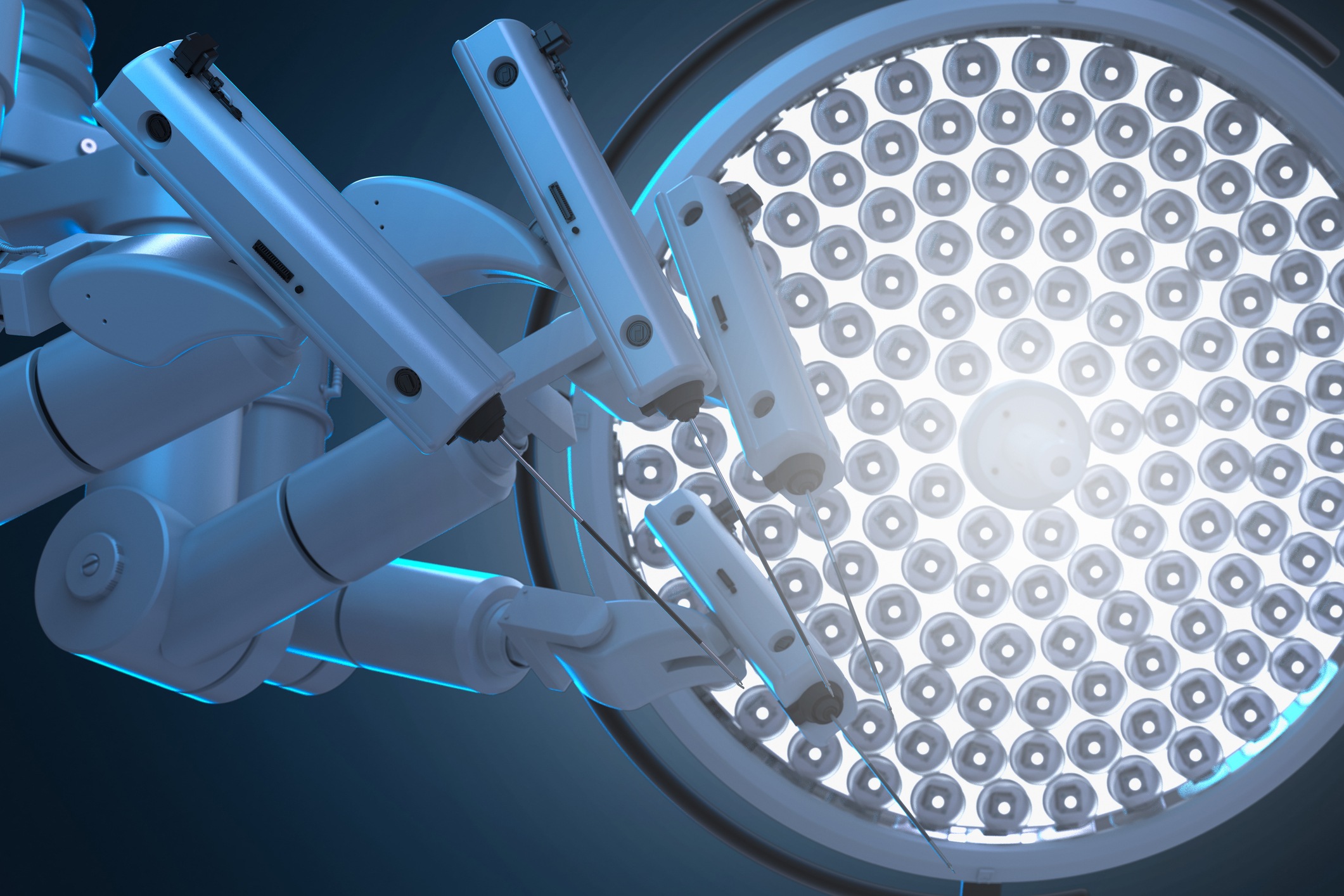
Researchers at the Mount Sinai Health System have developed a novel surgical technique, called the “hood technique,” for robotic-assisted radical prostatectomy that allows for successful early return of urinary continence without significant impact on complications or surgical outcomes.
Radical prostatectomy is the removal of the prostate gland and surrounding tissues, and it is the current standard of care for patients with localized prostate cancer. Urinary incontinence is a common result of this procedure. The hood technique abets early return of continence postoperatively without compromising positive surgical margin rates or remaining cancer cells at the resection site by sparing musculofascial structures anterior to the urethral sphincter complex.
The novel technique works by creating a “hood” to safeguard the membranous urethra, external sphincter, and supportive structures. It is designed to preserve the detrusor apron, puboprostatic ligament complex, arcus tendinous, endopelvic fascia, and pouch of Douglas.
Investigators assessed the technique in a study of 300 patients with localized prostate cancer who underwent robotic-assisted surgery with the hood technique. Median age for participants was 64 years, and patients with anterior tumor location were excluded. All but one participated in a 12-month follow-up.
At one, two, four, six, 12, 24, and 48 weeks following catheter removal, continence rates among patients were 21%, 36%, 83%, 88%, 91%, 94%, and 95%, respectively. The positive surgical margin rate was 6%. Some patients (9.7%) experienced complications following surgery.
“Results indicate that the hood technique spares musculofascial structures anterior to the urethral sphincter complex with early return of continence after surgery without compromising positive surgical margin rates. Exclusion of anterior tumor location contributed to a reduction in positive surgical margins,” the researchers concluded.
This study was published in European Urology.







 © 2025 Mashup Media, LLC, a Formedics Property. All Rights Reserved.
© 2025 Mashup Media, LLC, a Formedics Property. All Rights Reserved.